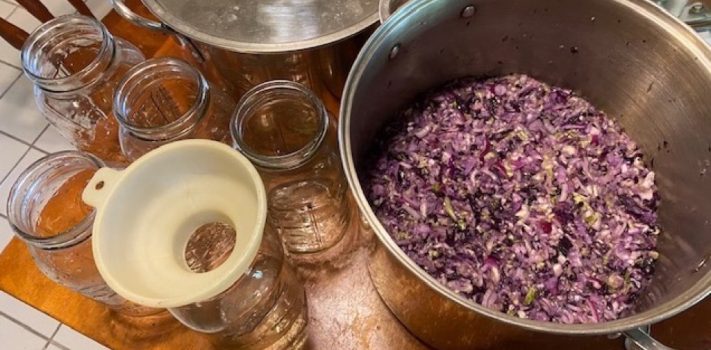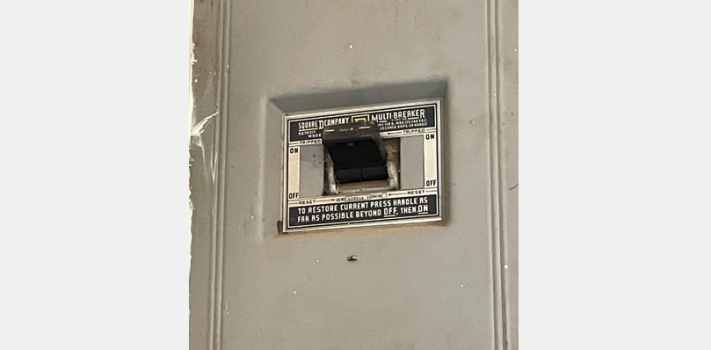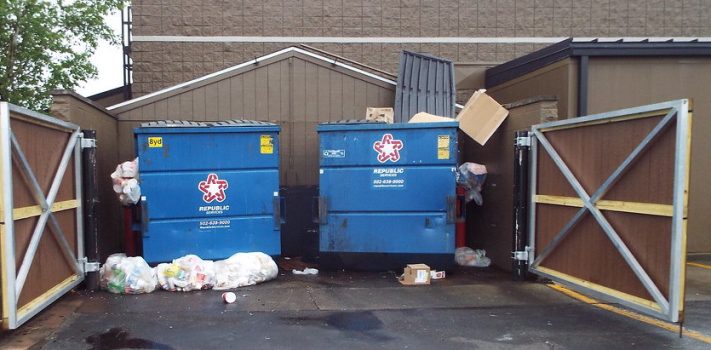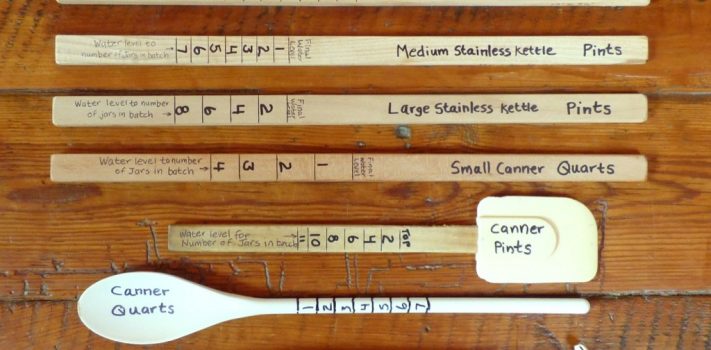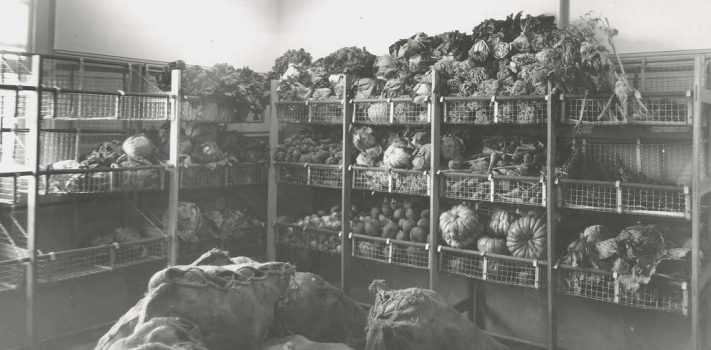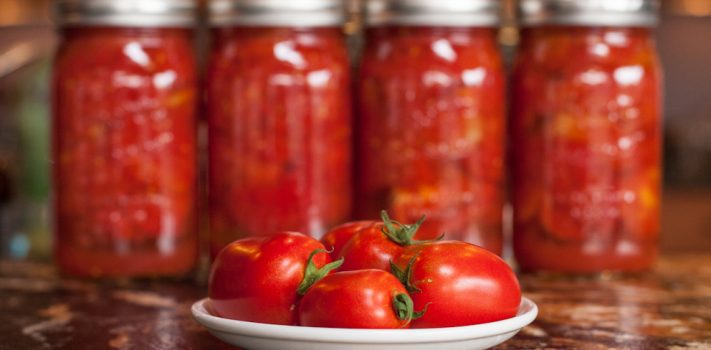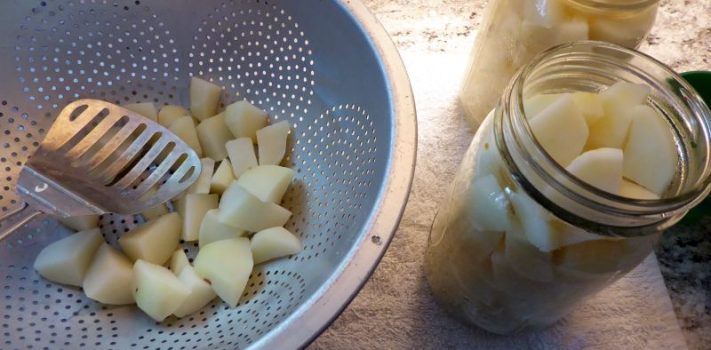Making Your Own Sauerkraut – Part 1, by E.P.
I have been making sauerkraut for many years. My grandmother (my mother’s mother) was German, and used to make it many years ago. Unfortunately, she never taught me how to do it, so I had to learn how to do it on my own. Fortunately, I found a really excellent book, Making Sauerkraut and Pickled Vegetables at Home, by Klaus Kaufmann and Annelies Schoneck. This book not only explains how to do it, providing many different recipes but also explains the science behind the fermentation process. I highly recommend it for anyone who is interested in making sauerkraut. The basic …

